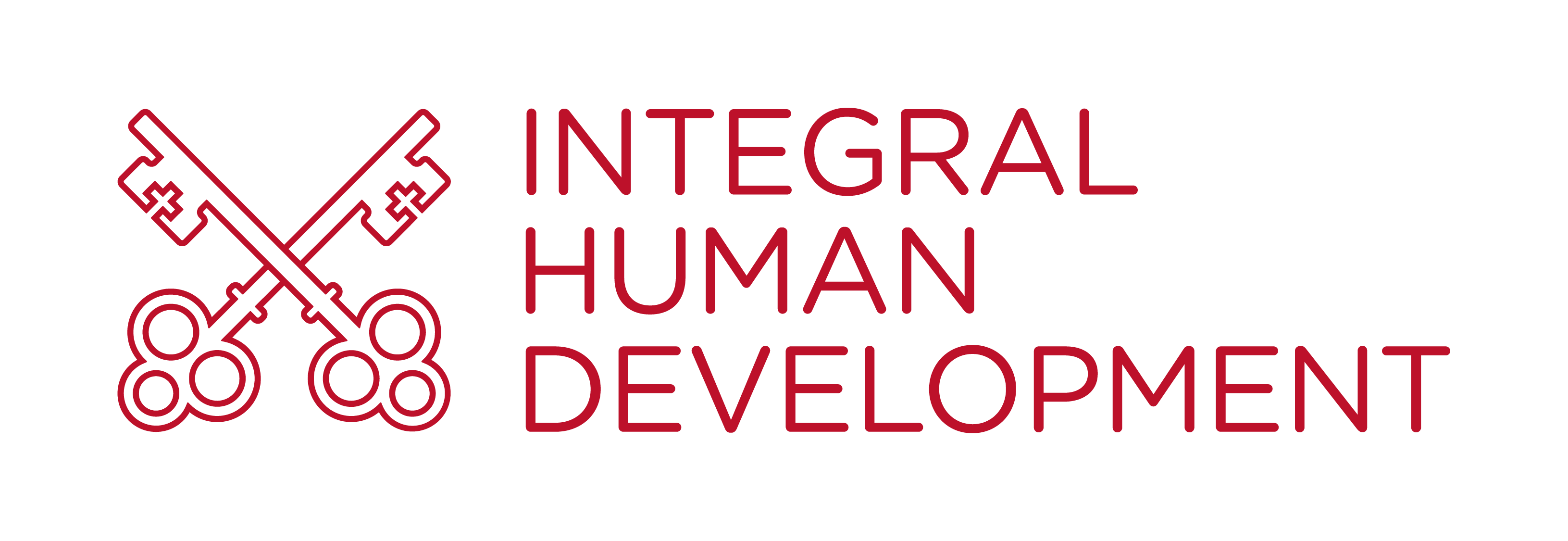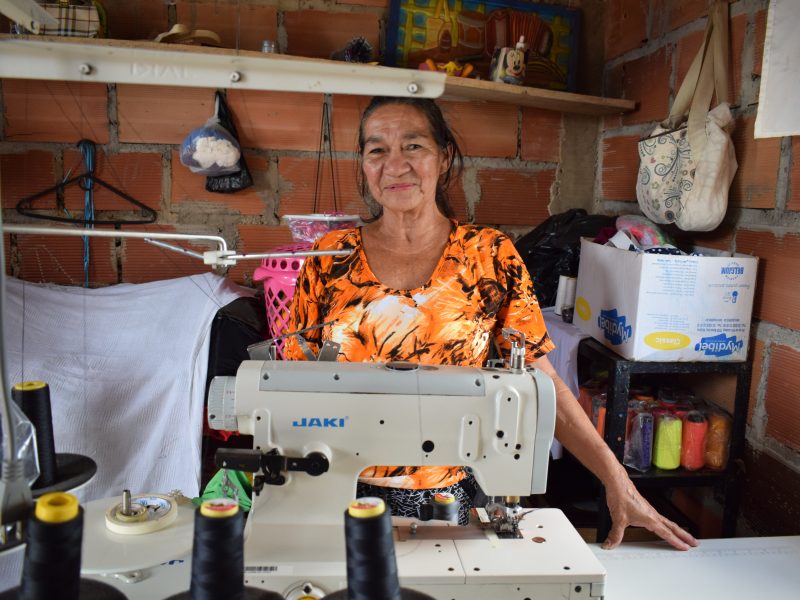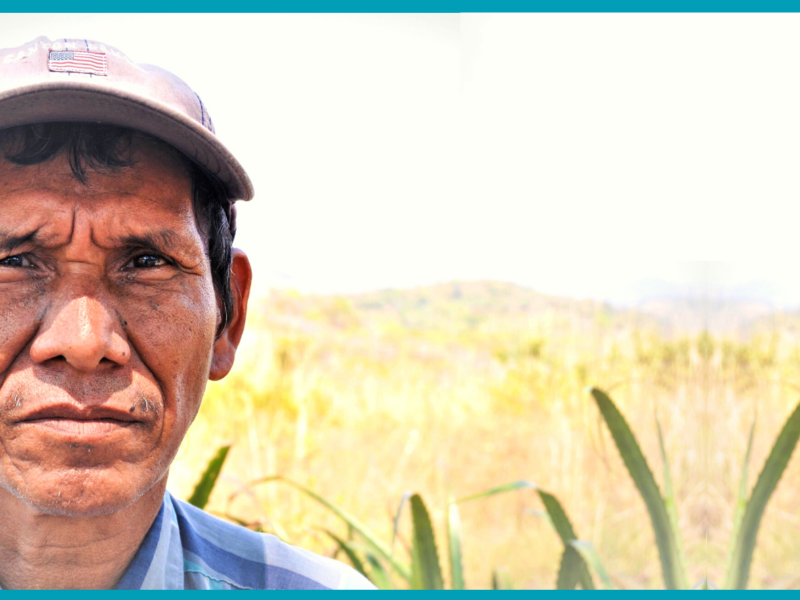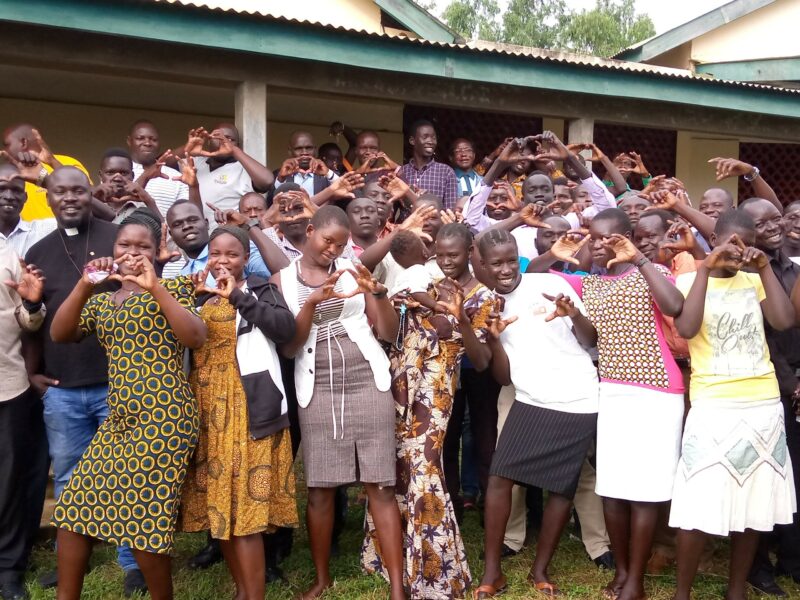
Adoption of the Global Compact for Safe, Orderly and Regular Migration
The Intergovernmental Conference to Adopt the Global Compact for Safe, Orderly and Regular Migration (GCM) has been held in Marrakech, Morocco on 10 and 11 December 2018. The Holy See joined many of the world’s governments in adopting this Compact, the world’s first international agreement on migration in general. Last month, the Global Compact on Refugees (GCR) was approved by the Third Committee of the United Nations General Assembly in New York.
The Holy See has been involved from the start, applying Pope Francis’s approach as simply and eloquently expressed in four actions: welcome, protect, promote and integrate, all of which are founded on the Gospel call to care for the stranger. The four themes were expanded by the Migrants & Refugees Section into 20 Action Points meant for pastoral planning and evaluation. They became an essential part of the Holy See’s overall official contribution to the consultations in 2017 and then in 2018. Now we are grateful to see how principles and measures in the 20 Points are reflected in the final texts of the Compacts, specifically in about 15 of the 23 Objectives of the GCM.
The GCM is a non-legally-binding agreement. It is neither a convention nor a treaty. Instead, it expresses many universal values as Objectives for example, to save lives, prevent smuggling and trafficking, provide accurate information, facilitate fair recruitment, reduce vulnerabilities in migration, manage borders well and invest in skills development. Multiple proposals and best practices follow each Objective. Among these may be found initiatives like offering education, opening humanitarian corridors, accompanying migrants in countries of transit, and promoting intercultural encounter to foster integration in countries of arrival.
The GCM is the product of two years of consultation and negotiation. It has been an important exercise in multilateralism, the approach believed by many to be the only way to confront the major problems afflicting humanity.
The GCM is a menu or a toolkit of actions that States (and other actors) can choose to do internally, bilaterally and even regionally, depending on their circumstances and needs. So the effective policies and best practices of States, regional groupings, religious and other organizations are gathered in a single document to provide a common platform and reference for the entire international community. Greater cooperation and responsibility sharing are important themes running through both Compacts.
The Holy See, while welcoming the Global Compact for Safe, Orderly and Regular Migration, has a number of reservations and comments on a few references that contain terminology, principles and guidelines that are neither agreed language in the international community nor in line with Catholic principles, namely, references to documents suggesting the so-called “Minimum Initial Service Package” (MISP), sexual and reproductive health services (which includes abortion) and the LGBTI agenda.
Nevertheless, it is with hope that we welcome the adoption of the GCM in Marrakech and of the GCR in New York. The Church has much to offer in the vast and complex area of human mobility, with our holistic approach of welcoming, protecting, promoting and integrating vulnerable people on the move, as well as nourishing them spiritually.
In countries that chose not to sign the GCM, the Church will continue implementing the four actions, suggesting options and practices which help to meet the needs of those newly arrived as well as of longtime residents who are vulnerable. The ultimate objective, of course, is the integral human development of everyone: migrants, refugees, their community of origin and their new one.
The M&R video explaining and illustrating the four verbs, now has a new ending expressing the Pope’s hopes for the GCM. We hope you find the updated video useful to inform the faithful and other people of goodwill about this important moment and encourage them to join in the effort. Please feel free to share this text and the video widely.
Fr Michael Czerny S.J. and Fr Fabio Baggio C. S.
Undersecretaries
Read more:
First Dialogue: Promoting Action On The Commitments Of The GCM
by His Eminence Cardinal Pietro Parolin, Secretary of State of the Holy See, 10 december 2018
General Debate Of The Intergovernmental Conference To Adopt The Global Compact For Migration
by His Eminence Cardinal Pietro Parolin, Secretary of State of the Holy See, 10 december 2018
CONTRIBUTIONS FROM THE EPISCOPAL CONFERENCES
COMECE President’s Statement on the UN Global Compact on Migration
Erzbischof Heße begrüßt Annahme des Globalen Migrationspaktes
THE HOLY SEE IN THE PREPARATORY PROCESSES OF OF THE GLOBAL COMPACT ON REFUGEES
Secretariat of State – Meeting with the Diplomatic Corps residing in Rome – 19 October 2018
Opening Remarks of H.E. Archbishop Paul R. Gallagher
Secretary for the Holy See’s Relations with States
Statement of H.E. Archbishop Bernardito Auza
Apostolic Nuncio, Permanent Observer of the Holy See to the United Nations
Statement of H.E. Archbishop Ivan Jurkovič
Apostolic Nuncio, Permanent Observer of the Holy See to the United Nations and other International Organizations in Geneva
Statement of Fr. Fabio Baggio CS – “The Church’s commitment towards the Global Compacts”
Under-Secretary – Migrants & Refugees Section, DPIHD, Holy See
Concluding Remarks of His Eminence Cardinal Pietro Parolin
Secretary of State
